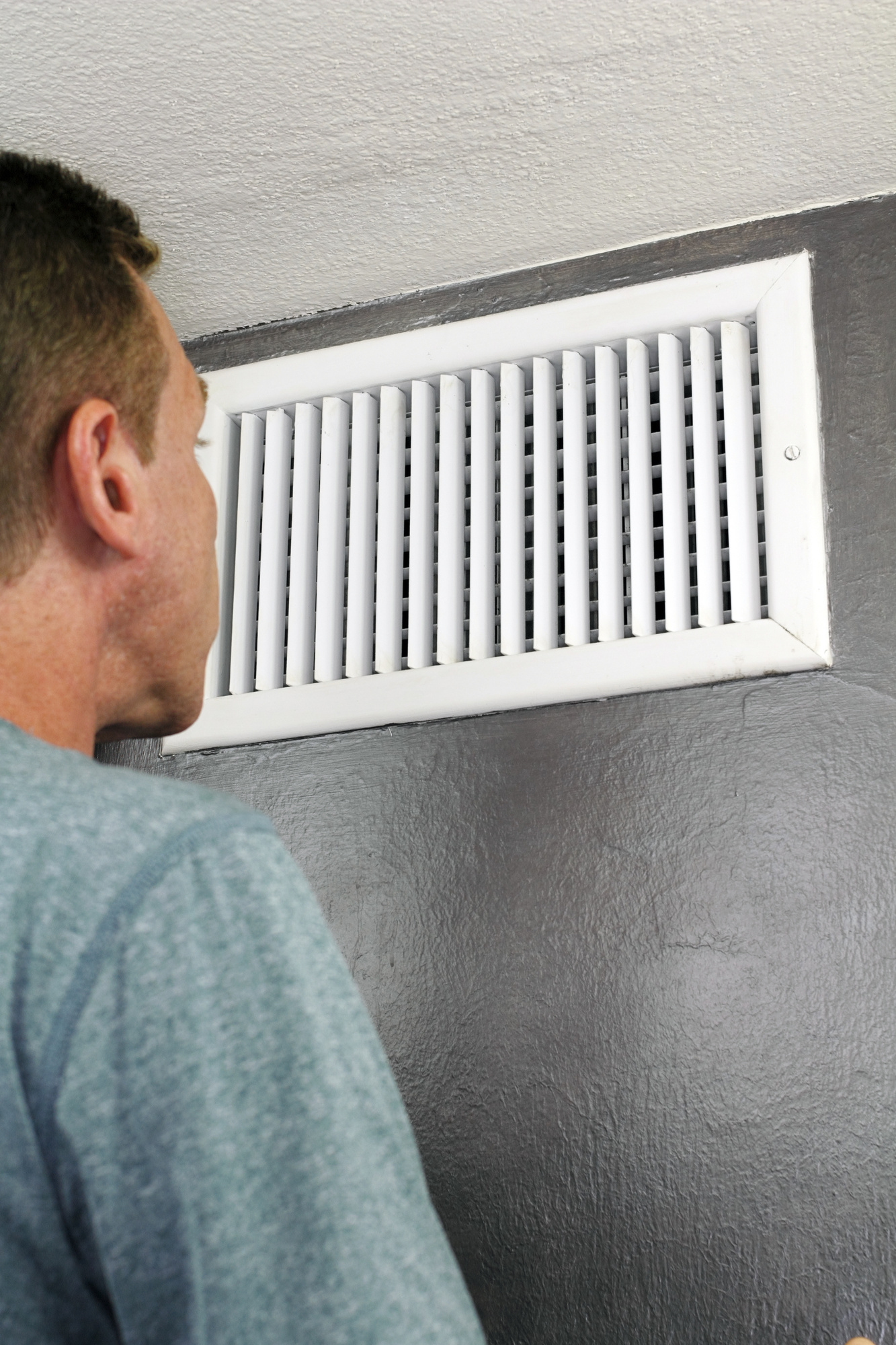Working by the side of the road presents several hazards. If you’re engaged in this kind of work, or you’re responsible for people who are, then it’s your duty to identify and mitigate these hazards.
Most of the time, of course, we’re talking about the danger posed by passing traffic. Avoiding being struck by a passing vehicle means taking a few precautions. Let’s take a look at a few of the most effective of these precautions.
Wear high-vis clothing
Workers at roadside should wear high-visibility workwear. This will give them the best possible chance of being seen. High-vis workwear works via two principles: fluorescence and reflectivity. The former comes in the form of the colourful fabric; the latter comes from the Street lighting or headlight-reflecting strips
Be aware of traffic
A sizeable number of road traffic accidents occur because one party wasn’t paying attention to the danger. Roadside workers should be given training, and frequently reminded of the importance of paying attention to the danger. Dangerous or reckless behaviour should be punished, regardless of whether it had any actual consequences.
Every location for roadside work provides its own unique set of challenges. If there are other sets of roadworks nearby, or traffic controls, then workers should be aware of them. The direction that traffic is likely to come from should also be noted, as should the size of the vehicles themselves. While larger vehicles might cause problems if they’re too big for the passing space, it’s smaller vehicles like motorcycles which stand the greater chance of going unseen until the last minute.
Training and Guidance
While workers should be expected to exercise their own judgement on occasion, there should still be rules and procedures in place to discourage the taking of unnecessary risks. These might include maintaining a safe distance from the road, and storing equipment and materials safely.
Breakdown recovery workers are at particular risk, as they’re often working alone, perhaps in conditions where they can’t easily be seen. Upon arriving at the scene of a breakdown, it’s important that these workers are able to take stock of their surroundings, and set up cones, warning lights, and other devices which might alert passing motorists to their presence.
Understand Communication Signals
Sometimes, road workers will need to communicate with one another, and with motorists, nonverbally. This might be because of excessive noise nearby, or it might be because of the distances involved. Workers should be able to convey and understand simple messages over distance.
Workers who don’t feel safe while they’re on the job should feel comfortable raising their concerns with their supervisors. This makes it worth maintaining an ‘open door’ policy – that way potentially dangerous practices can be identified before they have a chance to cause harm.









